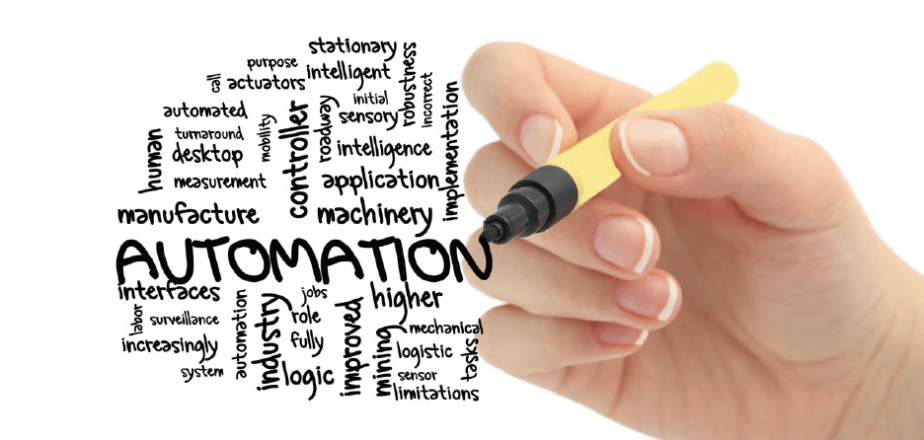Guest blog contribution from Quali’s summer intern – Tejas Mattur, of Mission High School
Automation. When we hear the word ‘automation’ in this day and age, our minds automatically go to advanced technology such as artificial intelligence (AI), machine learning, and robotics. However, the history of automation technology is much deeper than just these extensions of automation that are used in the workplace today. Automation is defined as the creation of technology and its application in order to control and monitor the production and delivery of various goods and services. The idea of automation isn’t necessarily a modern one, as the theory behind utilizing automation technology has been around for centuries, although it has become more specific as well as refined to fit certain industries in the last 100 years.

The word automation traces its earliest roots back to the time of the Ancient Greeks, specifically around 762 B.C. The earliest mention of automation technology came in Homer’s The Illiad,in which Homer discusses Hephaestus, the god of fire and craftsmanship. As the story goes, Homer discusses Hephaestus’s workshop, and how Hephaestus had ‘automatons’ working for him, which were essentially self operating robots that assisted him in the process of developing powerful weapons and other items for the Greek gods. Although there is little to no evidence that Hephaestus’s workshop actually existed, this story was written by Homer, a real Greek poet. It shows that the Greeks had at least thought of the idea of using automation technology to solve a problem, which for them was to improve the efficiency of creating weapons and tools.

Throughout history, there is evidence of different groups of people attempting to use automation to solve everyday problems they faced, from miners around the 11th century to workers in the 17th century. However, the time period when automation really began to take off was the Industrial Revolution.The increase in demand for things such as paper and cotton caused a change in the production of these items, with an immense amount of emphasis placed on extreme efficiency and production. In the textile industry, innovations such as the cotton gin became mechanized, powered by steam and water, allowing for greater production yields. In the paper industry, the Fourdrinier was invented, a machine that was able to make continuous sheets of paper, and eventually led to the development of making continuous rolling sheets of iron and other metals. Huge jumps in other fields such as transportation and communication were also made, leading to an increase in even more automation technologies. In fact, a little later on, the term ‘automation’ itself was coined in 1946, due to the rapid rise of the automobile industry and the increased use of automatic devices in manufacturing as well as production. D.S Harder, an engineer who worked for Ford Motor Company,is credited with the origin of the word.
Overall, as the information presented shows, automation has a deep and rich history that spans over the centuries. The main uses of automation prior to the 20th and 21st century have been in industrial fields, and have only more recently been incorporated into the IT world. The drivers of all automation technology, however, have always been similar. With industrial automation,the goal was always clear: to improve the efficiency of manufacturing a variety of items. With IT automation,the goal is to improve efficiency by creating a process that is self-sufficient and replaces an IT worker’s manual labor in data centers and cloud deployments. The parallels are clear, and they show why automation will always be prevalent in society. Developing technology to lessen the burden on human workers, increase business efficiency and make our lives easier in terms of reducing manual labor is something that has been important to us for centuries, and will continue to make its impact in the future.
Note from Quali:
We were fortunate to have Tejas Mattur, of Mission High School, intern with the marketing department. As part of his internship, he researched the evolution of automation and its applicability to the workforce of the future, as seen from the viewpoint of a high schooler and made some recommendations. His work is serialized into a three-part blog series published on the Quali website. Thank you to Tejas, and we wish you great things in the future!




